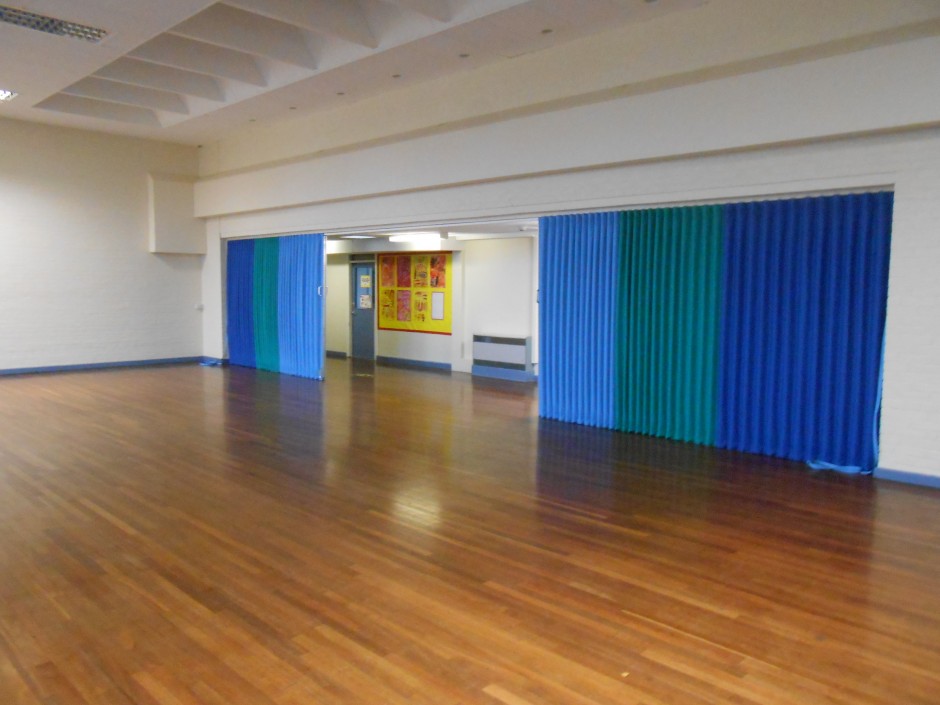Operable walls, also known as movable walls, accordion walls, or folding walls, offer a multitude of benefits for schools, making them a popular choice for modern educational facilities. Here are some of the key advantages:
Increased flexibility: Operable walls can be used to create large, open spaces for lectures, assemblies, or other events. They can also be used to divide classrooms into smaller groups for breakout sessions or individualised instruction.
Improved acoustics: Operable walls can provide sound insulation between classrooms, which can help to reduce noise distractions and improve the learning environment. This can be additionally valuable in a SEND environment.
Enhanced collaboration: Operable walls can be used to create flexible learning spaces that encourage collaboration between students. For example, an art classroom and a music classroom could be combined to create a space for a multimedia project.
More efficient use of space: Operable walls can help schools to make the most of their limited space. A small gym could be used as a cafeteria during lunchtime and then converted back into a gym for the afternoon sessions.
Natural light: Operable walls are less dense than static structures and can help to bring natural light into classrooms, which can create a more inviting and healthy learning environment.
How can schools decide if operable walls are right for them?
Schools should carefully consider the benefits and challenges of using different types of operable walls before making a decision. Some factors to consider include the school’s budget, the size and layout of the building, and the needs of the students and staff. We are on hand to advise you of the most appropriate type for your specific needs.

How can operable walls be used in different types of classrooms?
Operable walls can be used in a variety of ways in different types of classrooms, such as:
Traditional classrooms: Operable walls can be used to create smaller breakout spaces for group work or to provide privacy for individual students. Find out more about our operable walls suitable for school settings.
Science labs: Operable walls can be used to create separate areas for different experiments or to close off a lab for safety reasons.
Art rooms: Operable walls can be used to create a large space for art projects or to divide the room into smaller studios.
Music rooms: Operable walls can be used to create a soundproof practice room or to separate a band from a choir.
What are some of the latest trends in operable walls for schools?
Some of the latest trends in operable walls for schools include:
Smart walls: Smart walls are equipped with sensors and technology that can be used to control the movement of the walls, the lighting, and the temperature in a room. These are particularly useful in a University setting. You can find out more about our operable walls for universities.
Acoustically-rated walls: Acoustically-rated walls are designed to provide superior sound insulation, which is important for schools that are located in noisy environments.
Sustainable walls: Sustainable walls are made from recycled materials and are designed to be energy-efficient.
In addition to these benefits, operable walls can also be used to create a more modern and aesthetically pleasing learning environment.
Overall, operable walls are a versatile and valuable tool that can be used to improve the learning environment. If you are considering using operable walls in your school, I encourage you to get in contact with us and we can advise on what would be the best solution.

